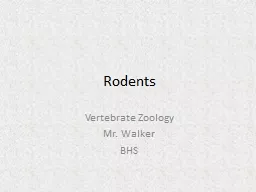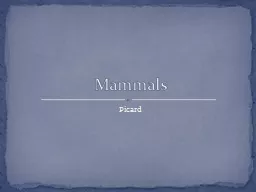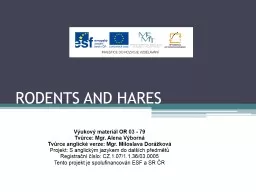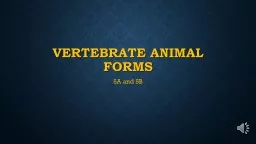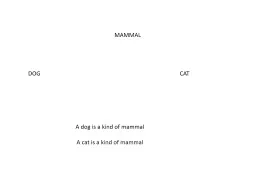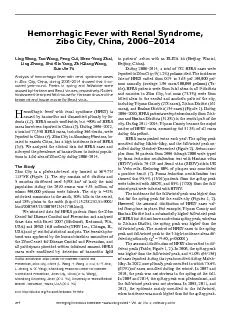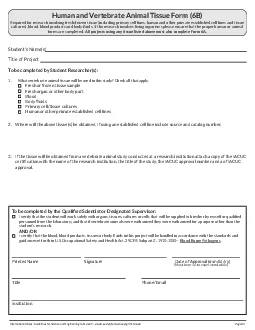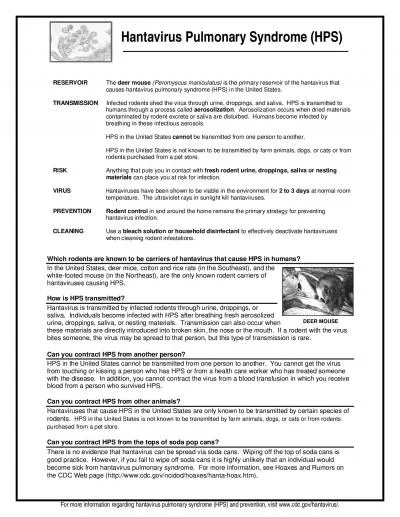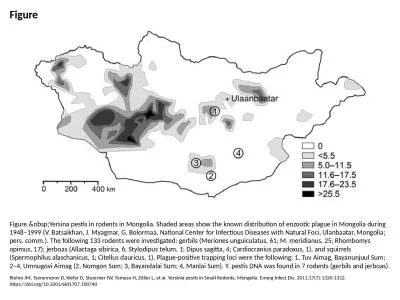PPT-Rodents Vertebrate Zoology
Author : lois-ondreau | Published Date : 2018-10-20
Mr Walker BHS Order Rodentia The single largest group of mammals is the Rodentia Most nonflying mammals are rodents There are about 1500 living rodent species
Presentation Embed Code
Download Presentation
Download Presentation The PPT/PDF document "Rodents Vertebrate Zoology" is the property of its rightful owner. Permission is granted to download and print the materials on this website for personal, non-commercial use only, and to display it on your personal computer provided you do not modify the materials and that you retain all copyright notices contained in the materials. By downloading content from our website, you accept the terms of this agreement.
Rodents Vertebrate Zoology: Transcript
Download Rules Of Document
"Rodents Vertebrate Zoology"The content belongs to its owner. You may download and print it for personal use, without modification, and keep all copyright notices. By downloading, you agree to these terms.
Related Documents

